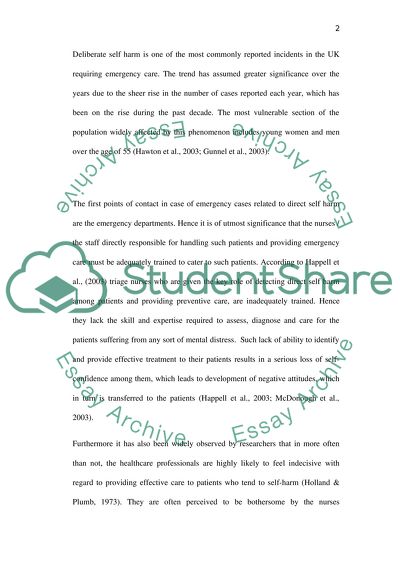Cite this document
(“Attitudes of healthcare and social care professionals towards Dissertation”, n.d.)
Retrieved from https://studentshare.org/health-sciences-medicine/1396129-attitudes-of-healthcare-and-social-care-professionals-towards-self-harm
Retrieved from https://studentshare.org/health-sciences-medicine/1396129-attitudes-of-healthcare-and-social-care-professionals-towards-self-harm
(Attitudes of Healthcare and Social Care Professionals towards Dissertation)
https://studentshare.org/health-sciences-medicine/1396129-attitudes-of-healthcare-and-social-care-professionals-towards-self-harm.
https://studentshare.org/health-sciences-medicine/1396129-attitudes-of-healthcare-and-social-care-professionals-towards-self-harm.
“Attitudes of Healthcare and Social Care Professionals towards Dissertation”, n.d. https://studentshare.org/health-sciences-medicine/1396129-attitudes-of-healthcare-and-social-care-professionals-towards-self-harm.


